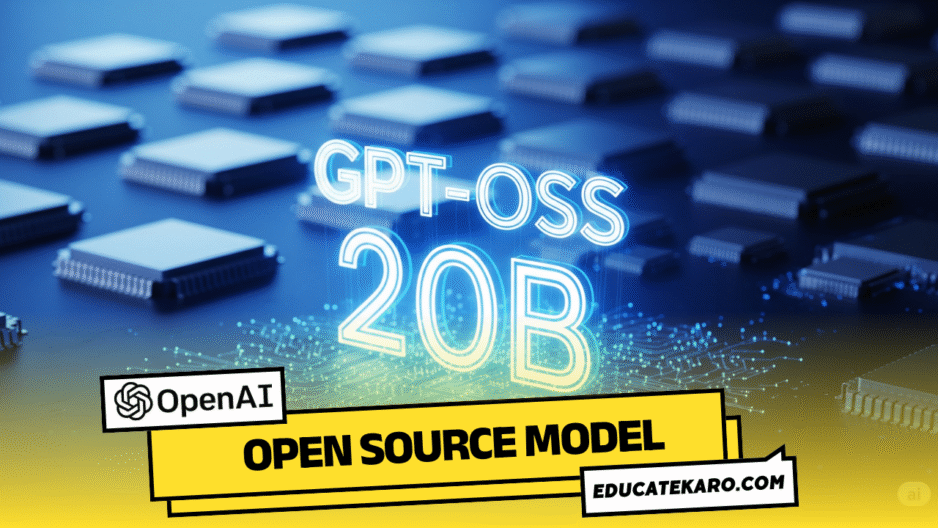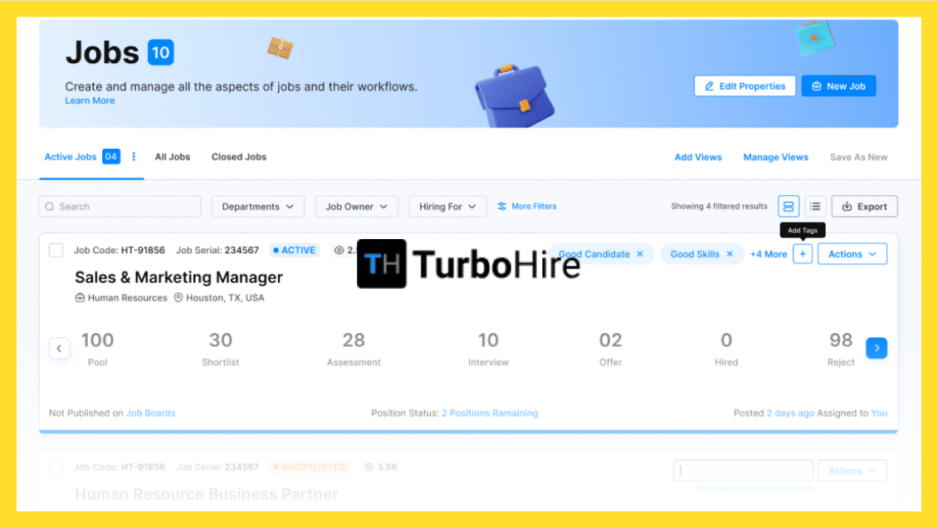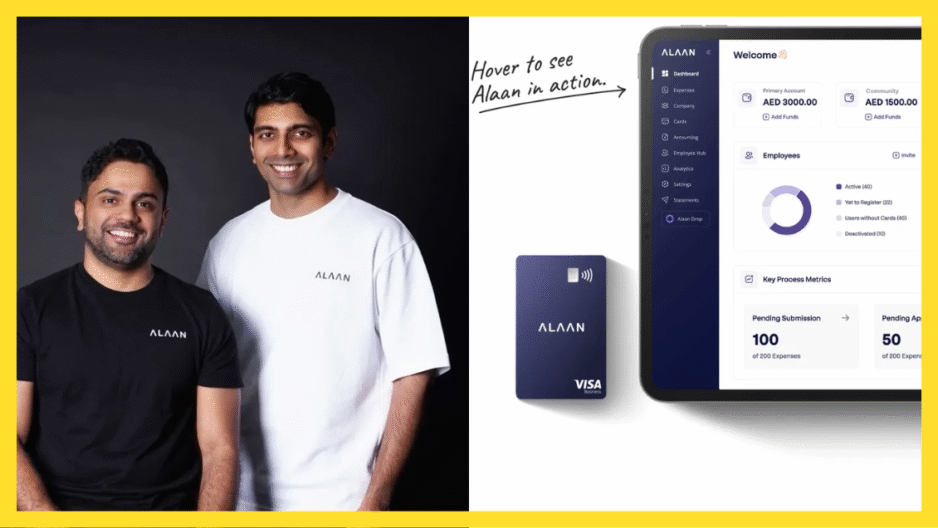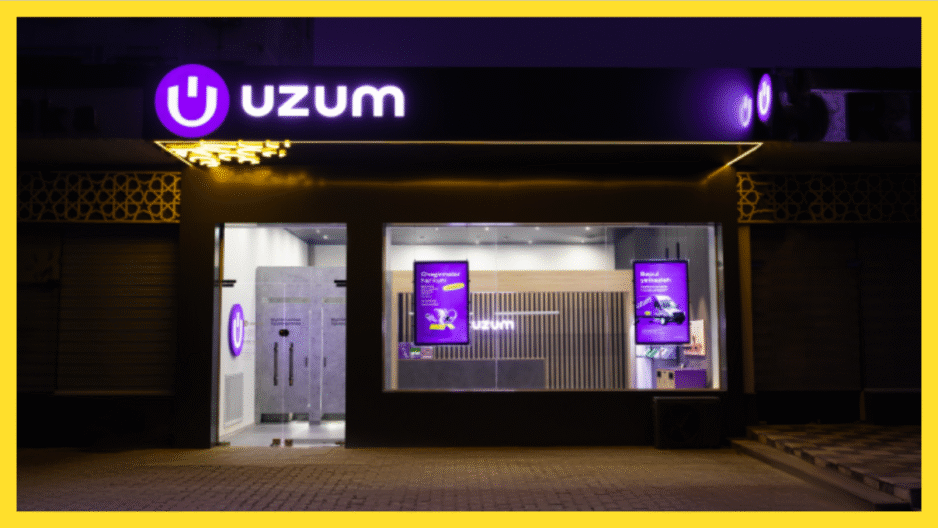OpenAI announced the release of GPT-OSS 20B, an open-weight language model featuring 21 billion parameters, on August 5, 2025. This release is described as one of the largest and most accessible open-source language models available to the public. The model is distributed under the Apache 2.0 license, allowing researchers, developers, and businesses unrestricted usage, modification, and deployment, including for commercial applications.
GPT-OSS 20B leverages a Mixture-of-Experts architecture, meaning that only 3.6 billion parameters are active during each inference. This design offers improved computational efficiency, making it possible to deploy the model on consumer hardware with as little as 16GB of RAM. Weights and code are available through platforms like Hugging Face and GitHub, enabling broad accessibility.
OpenAI stated that the release of GPT-OSS 20B aims to encourage innovation across research, enterprise, and individual communities. By providing full transparency over the model weights and internals, the company highlights benefits for users working in environments with strict privacy or regulatory needs. Organizations are able to fine-tune, audit, or adapt the model to their specific requirements without data ever leaving their premises.
The model introduces advanced features previously exclusive to proprietary offerings, such as agentic task support, chain-of-thought reasoning, dynamic tool integration (including browsing and external code execution), and structured outputs. These capabilities are intended to bring competitive large-language-model performance to the open-source ecosystem.
OpenAI CEO Sam Altman explained in recent interviews that the company views individual empowerment and community-driven innovation as key drivers for making advanced AI accessible. The release of GPT-OSS 20B reflects this philosophy, offering tools for anyone wishing to experiment, build, or deploy language models without API restrictions or usage fees.
The open distribution of GPT-OSS 20B is seen by analysts as a significant shift toward the democratization of artificial intelligence technologies. Industry observers note that open-weight releases could accelerate the adoption of AI across industries and support new research and product development initiatives.
Sources: Openai, Hugging Face










